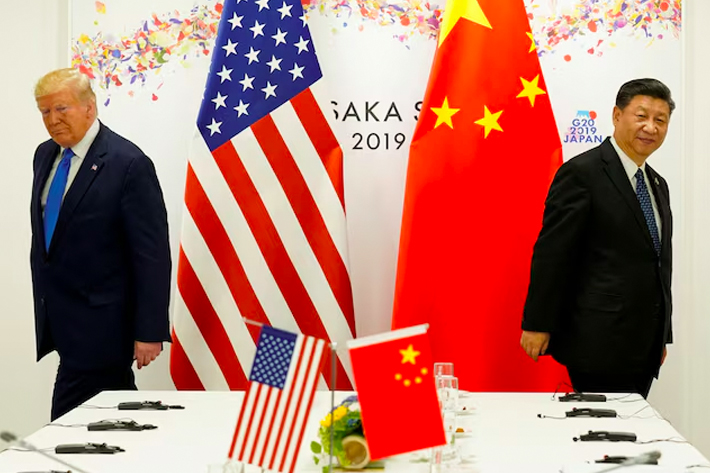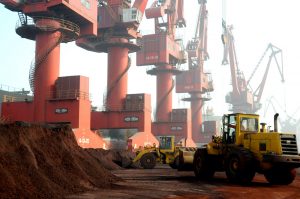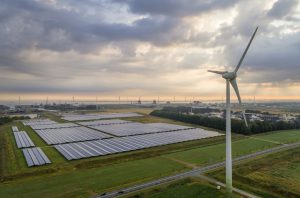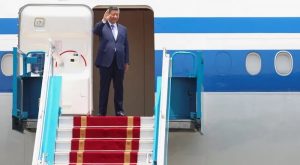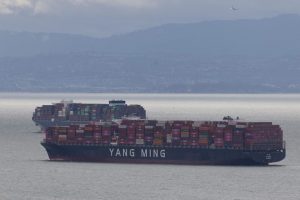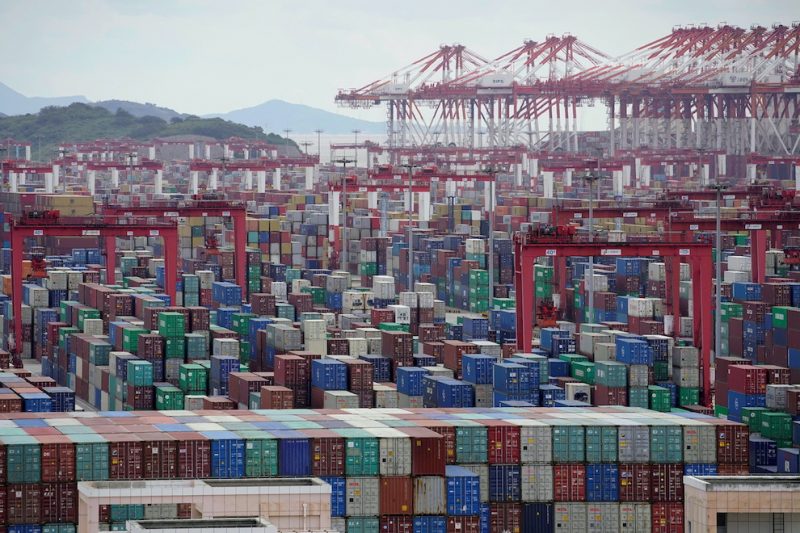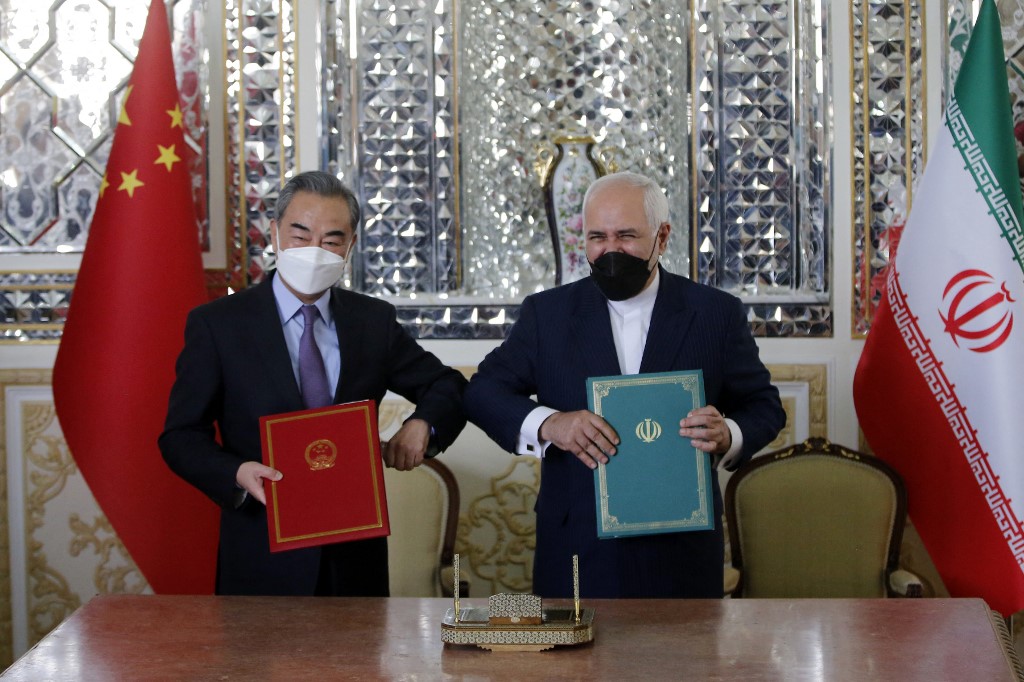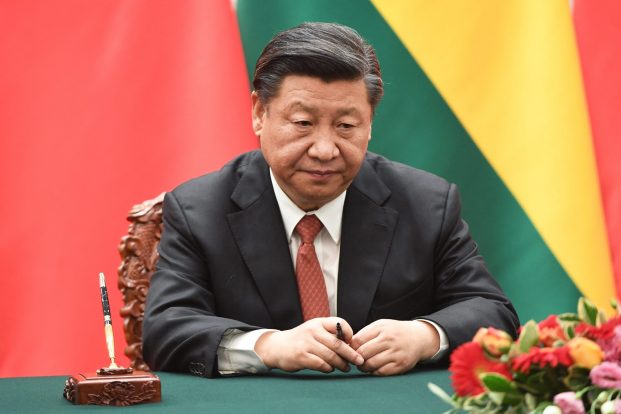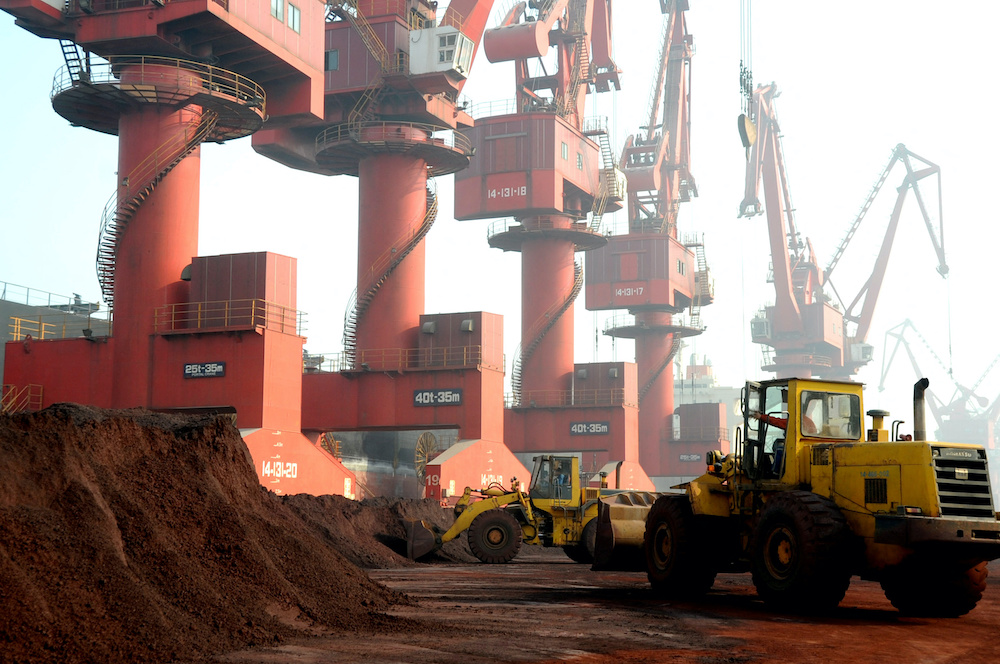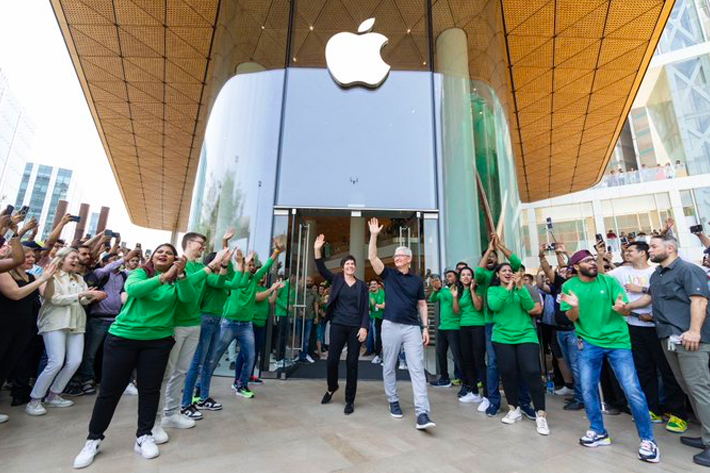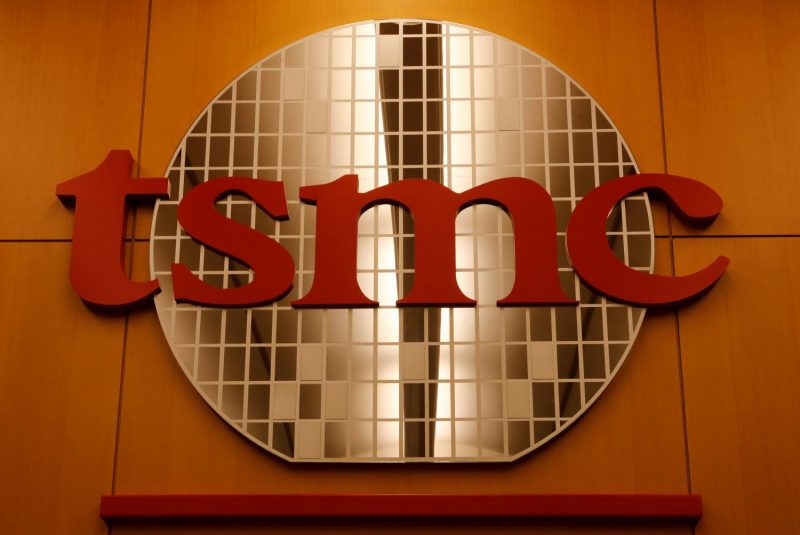The world’s two biggest economies officially entered into a full-blown trade war starting Monday as China’s counter-tariffs against levies previously announced by US President Donald Trump went into effect.
Last week, Beijing had announced levies on around $14 billion worth of imports from the US, shortly after tariffs imposed by the US took effect in February 4.
China’s Finance Ministry had said it would impose levies of 15% on imports of US coal and LNG and 10% for crude oil as well as on farm equipment and some autos, starting February 10.
Also on AF: Enemy to Frenemy: West Revisits China Ties on Trump Uncertainty
At a regular press briefing on Monday, China’s Foreign Ministry spokesperson Guo Jiakun declined to comment on whether levies on US products had officially come into force.
He repeated past Chinese criticism of tariffs, however, saying “trade and tariff wars have no winners.”
“What is needed now is not more unilateral tariffs but dialogue and consultation based on equality and mutual respect,” Guo said, adding that the US needed to stop “weaponising trade and economic issues.”
China’s tariffs come into force a day after Trump announced plans to impose 25% tariffs on all steel and aluminium imports into the US. The New York Times reported that China was at the heart of those tariffs considering its vastly cheaper exports of the two metals were decimating American industries.
When asked about those newly announced tariffs, Chinese foreign ministry’s Guo declined to say much, except: “protectionism leads nowhere”.
He also gave no hint of any sign of progress yet in talks between Beijing and Washington. Trump had said last week he was in no hurry to speak to Chinese President Xi Jinping to try to defuse the new trade war between the two superpowers.
Despite that, Beijing’s tariffs that come into force on Monday are starkly small in scope compared to American levies, which target $525 billion worth of shipments from China.
The leaner scope points to China’s limited ability to respond to Trump’s tariffs, in light of its own sputtering economy. Poor demand at home has meant that China is now increasingly dependent on exports to drive growth.
China tariffs winners and losers
China is the world’s top energy importer but its purchases from the United States are relatively modest, blunting the impact of the retaliatory move.
Chinese imports of US crude oil declined 52% to about 230,540 barrels per day (bpd) in the first 11 months of 2024 from the same period a year earlier, data from US Energy Information Administration showed.
For the full year, US imports accounted for 1.7% of China’s crude imports, worth about $6 billion, according to Chinese customs data, down from 2.5% in 2023.
However, China’s LNG imports from the US have been growing, totalling 4.16 million metric tons last year worth $2.41 billion, customs data showed, nearly double 2018 volumes for the fuel used in power generation and accounting for roughly 5.4% of China’s purchases.
US LNG imported via long-term contracts could remain economical for Chinese buyers, even with the tariff, compared with spot prices, but they are likely to avoid buying spot US cargoes, ICIS analyst Alex Siow said.
“Chinese companies will likely hunt for other spot sources, such as those from Asia,” he said. “It might not be easy to find though, given that 2025 continues to be a tight market.”
Meanwhile, MST Marquee energy analyst Saul Kavonic said the tariffs by China, which bought around 10% of U.S. LNG exports last year, will drive more US volumes to Europe and benefit other regional producers such as Australia.
“The negative impact on US LNG from these tariffs will only partly offset the strong appetite from other buyers to procure more US LNG under pressure from Trump to rebalance trade deficits,” he said.
Oil prices ticked higher on Monday, rebounding from last week’s declines, as investor concern around the impact of Trump’s tariffs steadied.
- Vishakha Saxena, with Reuters




